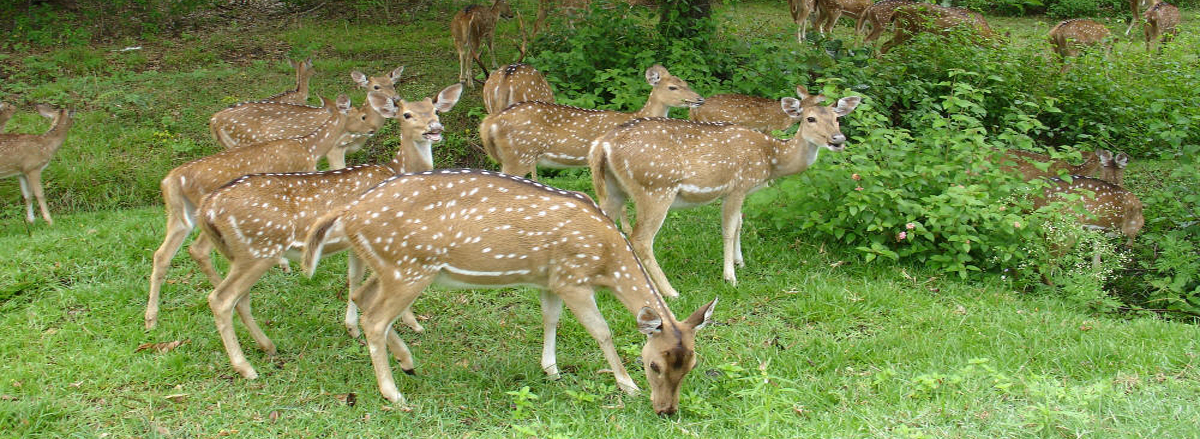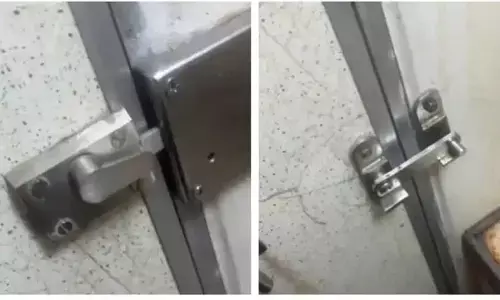Borewells, solar pumpsets to quench thirst of wild animals

Forest department officials are digging borewells and planning to install solar pumpsets to as part of measures to quench the thirst of wild animals reeling under acute shortage of water The authorities are going to dig 12 bore wells in Udayagiri, Rapur, Venkatagiri, and Penchalakona forest areas in the districts
Nellore: Forest department officials are digging borewells and planning to install solar pumpsets to as part of measures to quench the thirst of wild animals reeling under acute shortage of water. The authorities are going to dig 12 bore wells in Udayagiri, Rapur, Venkatagiri, and Penchalakona forest areas in the districts.
Forest areas are spread in around 2.70 lakh hectare across the district and wild animals in Udayagiri, Venkatagiri, Penchalakona, Rapur and Atmakur ranges are facing severe water shortage.
It may be recalled that the district experienced 53 per cent deficit rainfall this year. There are no adequate water reserves in the forest area with check dams, water pits almost drying up and even groundwater depleting. As a result, wild animals are straying into nearby villages in search of water.
According forest department sources, there were 16 leopards in the forests in the district 2010 and now the number has come down to only three. Similarly, were 20 deer in 2010 but now they are estimated to be only eight now. Population of wild boars has reduced to 3,500 in 2015 from 6,400 in 2010. There were 6,100 hare population eight years ago which has now come down to 1,800.
Depletion of water levels and cutting of trees by smugglers are another reason for decrease of animal population. In order to provide water to animals, the department plans to dig each bore well at a cost of Rs 8 lakh in the identified forest area in the first phase. Officials are also planning to arrange fodder at the place where bore wells are being dug.
A forest department official said that they were digging bore wells in selected areas with solar pump sets and also fodder for the animals under Wildlife Conservation Scheme. He said they would also start the process of setting up of fire lines in the selected forest ranges.



















